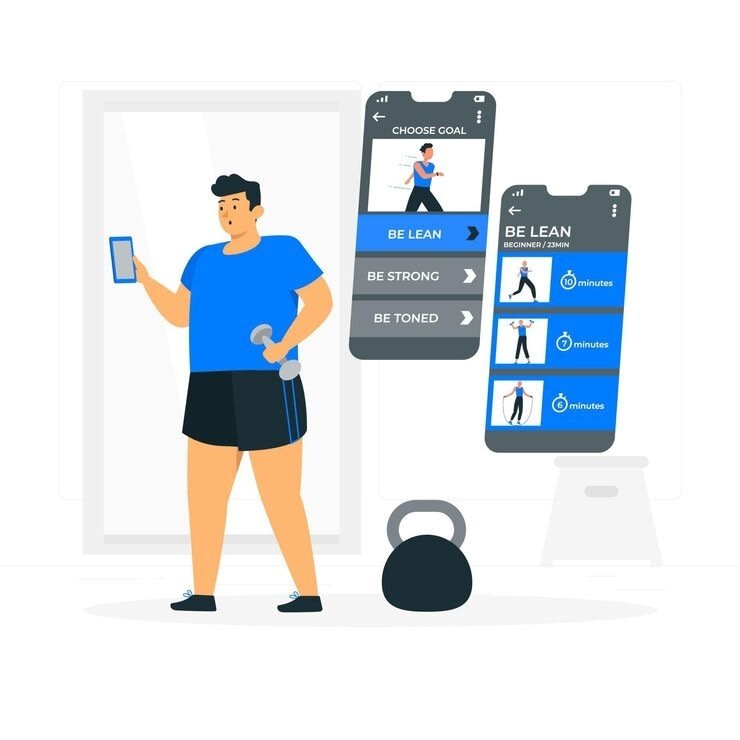Introduction:
In a world that's increasingly health-conscious, the demand for fitness apps is soaring. If you're aspiring to make your mark in the digital fitness realm, you're in the right place. This blog post is your roadmap to creating and launching a fitness app that not only meets the latest trends but also answers the burning FAQs in the dynamic world of fitness app development.

Key Steps to Create and Launch a Fitness App:
1. Define Your Niche:
Identify your target audience and niche within the fitness domain.
Tailor your app to specific fitness goals, such as weight loss, strength training, or yoga.
2. Leverage Wearable Integration:
Capitalize on the popularity of fitness wearables.
Integrate your app with devices to provide real-time health data and enhance user engagement.
3. Interactive Workouts with AR and VR:
Incorporate Augmented Reality (AR) and Virtual Reality (VR) for immersive workout experiences.
Keep users engaged with interactive elements that make fitness fun and engaging.
4. Personalized Fitness Plans:
Utilize AI algorithms to analyze user data and create personalized workout plans.
Offer adaptive recommendations based on user progress and preferences.
5. Social Integration for Community Building:
Foster a sense of community by integrating social features.
Enable users to connect, share achievements, and participate in challenges for increased motivation.
6. Nutrition Tracking and Integration:
Include features for tracking nutrition and calorie intake.
Collaborate with nutrition databases to provide users with a holistic approach to health and wellness.
7. Gamification for Motivation:
Implement gamification elements to make fitness a rewarding experience.
Use badges, challenges, and point systems to motivate users and keep them coming back for more.
8. Seamless User Experience:
Prioritize a user-friendly interface and seamless navigation.
Ensure your app is accessible to users of all fitness levels and tech backgrounds.
FAQs - Your Burning Questions Answered:
Q: How can I stand out in the competitive fitness app market?
A: Differentiate your app by focusing on a specific niche, offering personalized experiences, and incorporating innovative features like AR, VR, and social integration.Q: Are wearables essential for a fitness app's success?
A: While not mandatory, integrating with wearables enhances user experience by providing real-time health metrics, fostering a more holistic approach to fitness.Q: How do I ensure user engagement over time?
A: Implement gamification elements, social features, and regularly update content to keep users engaged and motivated on their fitness journey.Q: Is AI necessary for personalized fitness plans?
A: AI plays a crucial role in analyzing user data and adapting fitness plans. While not mandatory, it significantly enhances the app's ability to provide tailored recommendations.Q: How can I address the privacy concerns associated with fitness apps?
A: Prioritize data security, communicate transparently about privacy measures, and adhere to relevant data protection regulations to build user trust.
Launching a fitness app in 2024 requires a combination of innovation, user-centric design, and a deep understanding of the evolving fitness landscape. By staying attuned to the latest trends and addressing common concerns, you'll be well on your way to sculpting a successful fitness app that resonates with users on their journey to a healthier lifestyle.






Top comments (0)